I have been lately looking to Museum archives for artifacts that are associated with Indian lamps. Few of the artefacts I found in the search , made me revisit one of the Sangam Poems.
2000 years ago, precisely after 31 BC (Death of Cleopatra), Romans took control of Egypt and eventually made direct maritime trade with India. We have plenty of reference of this trade in Sangam literature.
But the primary confusion in Tamil literature and with Sanskrit literature is the term ‘Yavana’ used for these traders. Ionia , present day turkey was occupied by Greeks and they made first contact with North West of India. Ionian became Yona -> Yavana in Sanksrit, and it pretty much became name for all westerners in Tamil.
Based on Archelogical and genetic study, we today know that Tamils had trade contact with Egypt, Rome, Oman, Cyprus, Palestine, Syria, Iraq. So, any of these traders could have been called Yavana in Tamil literature.
We have poem where Yavanas were acting as warriors in a Tamil kings army. Who were these Yavanas? Internal evidence for m the poem and archeological finds come to prove that Romans were the Yavanas specific to the poem here. Let us see the poem here,
Context:
Talaiyālaṅkāṉattuc Ceruveṉṟa Neṭuñceḻiyaṉ – Nedunchelian who won the battle of Talaiyalankanam. This Pandya king has invaded Chola country and was met with Joint forces of Chera, Chola and 5 Velir Chieftains (Titiyaṉ, Eḻiṉi, Erumaiyūraṉ, Iruṅkō Vēṇmāṉ, Porunaṉ). Eventually, the Pandya king has won this battle making some advance into Chola country.
Mullai pattu is written in honor of him by poet from Kaveripattinam who was a son of a gold trader. Seems that the power balance has titled towards the Pandyas.
Mullaippattu
மத்திகை வளைஇய மறிந்து வீங்கு செறிவுடை
மெய்ப்பை புக்க, வெருவரும் தோற்றத்து, 60
வலி புணர் யாக்கை வன்கண் யவனர்
புலித்தொடர் விட்ட, புனை மாண் நல் இல்,
திரு மணி விளக்கம் காட்டி திண் ஞாண்
எழினி வாங்கிய ஈரறைப் பள்ளியுள்,
உடம்பின் உரைக்கும் உரையா நாவின் 65
படம் புகு மிலேச்சர் உழையர் ஆக, (63 -66)
Guarded by fierce and harsh Westerners (Romans),
Who wore tiger tooth chain,
and tied the horse whip,
Tightly around their waist,
Causing their dress they wear to swell !
the excellent Kings quarters,
Was well lit like lustrous gems,
Strong ropes and curtains partitioned
the sleeping quarters.
Melichas ,
who speak with their body
and not with their tongue
attended them!
Poet: Kāvirippūmpaṭṭiṉattup Poṉvaṇikaṉār Makaṉār Nappūtaṉār (Napputan, Son of Gold merchant of Kaveripattinam)
Translated by Palaniappan Vairam Sarathy
There are lot of references that need to be validated here,
1. Yavanas are wearing a body bag kind of costume which is tied on the hips. In this poems incidentally with horse whip. Tieken, H. in The Yavanas’ Clothes in Old Tamil Literature calls this as evideance to show that these Yavanas mentioned here is Arabs and Sangam literature was written later than 6th century. I am bemusing how a scholar can come to such conclusions with just the dress.
Romans did have similar body bag/body suit with leather belt or rope tied to the hips.
2. The warriors wore tiger tooth. This to me seals the clinching evidence that the warriors mentioned here are Romans.
Wearing animal tooth seems to have been in fashion by Etruscans, an empire which was founded in Italy. Britannica Encylcopedia says, “Etruscan, member of an ancient people of Etruria, Italy, between the Tiber and Arno rivers west and south of the Apennines, whose urban civilization reached its height in the 6th century BCE. Many features of Etruscan culture were adopted by the Romans, their successors to power in the peninsula.”
Clearly, wearing Animal tooth have been in fashion in Etruscan Italy since all the images have been artifacts from Italy. Later, Romans have possibly taken liking to animal tooth. This to me is clinching evidence that the Yavanas mentioned here are the Romans.
3. What is difference between Yavanas and Melicha if both meant any westerner without being specific on their nationality?
That is also answered in the poem, Tamil traders had established trade contact with multiple countries, like Ethiopia, Sudan (Nubia), Egypt, Yemen, Rome. Possibly trade language during this period could have been Greek, based on the language of literature we get from books written about this trade. Most likely, there were people in Tamil Nadu who could speak Greek language or translate Greek into Tamil. Similarly, there could be traders who were well versed with Tamil and could translate for the westerners.
Possibly, anyone whose language was known and could be understood were called Yavanas. People who could not understand or talk either in Greek or Tamil could have been called Melicha. The poem clearly depicts Melichas trying to speak speak in sign language, as they don’t speak either the trade language or Tamil.
4. Was there Slave trade?
This brings us to tough question on Salve trade. These warriors could either be mercenary warriors or could be traded slaves. Melicha in this case were attendants or body guards. Did they ply the trade in India without knowing the language or were they slaves traded to India? This is a tough question we do not have answer, as of now.
5. Mercenary warriors as x factor?
Pandya army faced joint forces of Chera, Chola and Velir chieftains. Possibly the Pandya king had few allies. Did the Pandya king shift the power balances by investing in mercenary warriors?
This seems likely here.
But one thing is certain, Tamil Nadu was prosperous enough for Roman warriors to ply their trade in India.
Reference:
University of Madras – Tamil Lexicon
Britannica Encylcopedia
Online Archives, MET Museum, British Museum
Learn Sangam Tamil
மன்னன் இருப்பிடத்தில் யவனர்
மத்திகை வளைஇய மறிந்து வீங்கு செறிவுடை
Horse whip – surround – bend/fold/arrested – swollen – tied/unite
மெய்ப்பை புக்க, வெருவரும் தோற்றத்து, 60
Body bag (coat/dress) -put (wear) – fear/dread – appearance
Strength – combine – harsh – Romans/Egyptians
புலித்தொடர் விட்ட, புனை மாண் நல் இல்,
Tiger row (tiger tooth chain?) – hung – excellent – good – house
திரு மணி விளக்கம் காட்டி திண் ஞாண்(59 – 63)
Beautiful – Gem – light – exhibit/display – Strong – ropes
எழினி வாங்கிய ஈரறைப் பள்ளியுள்,
Curtains – surround – two room – sleeping place/room
உடம்பின் உரைக்கும் உரையா நாவின் 65
Body – speak – not speak – tounge
படம் புகு மிலேச்சர் உழையர் ஆக, (63 -66)
Cloth – wear – Melechaa (barbarians) – attendant/neighbour – become

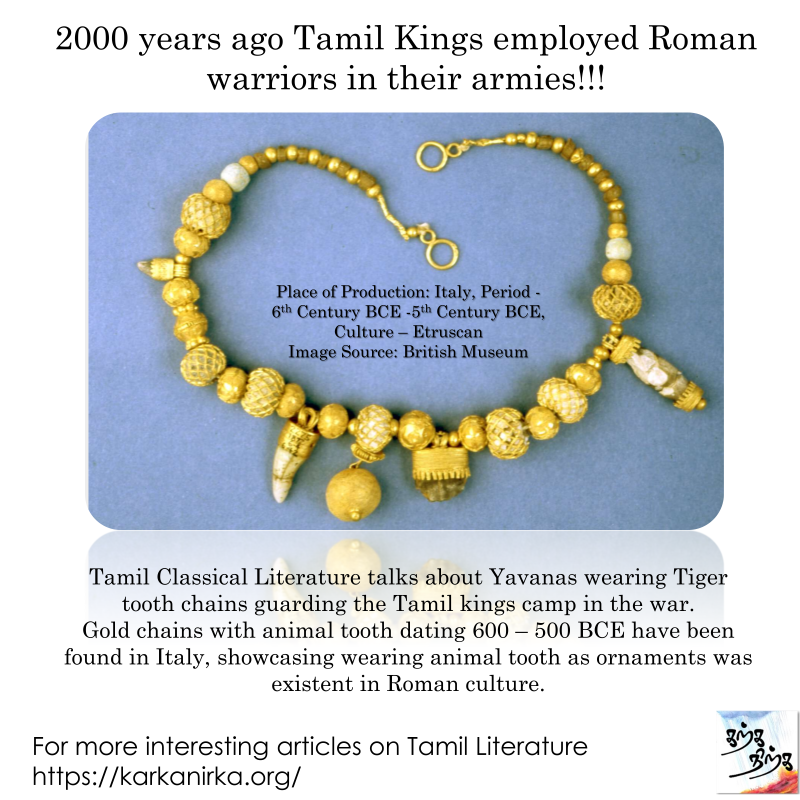
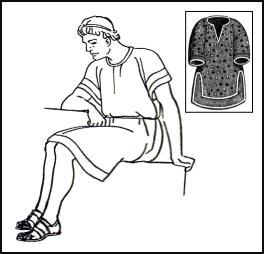
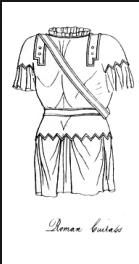

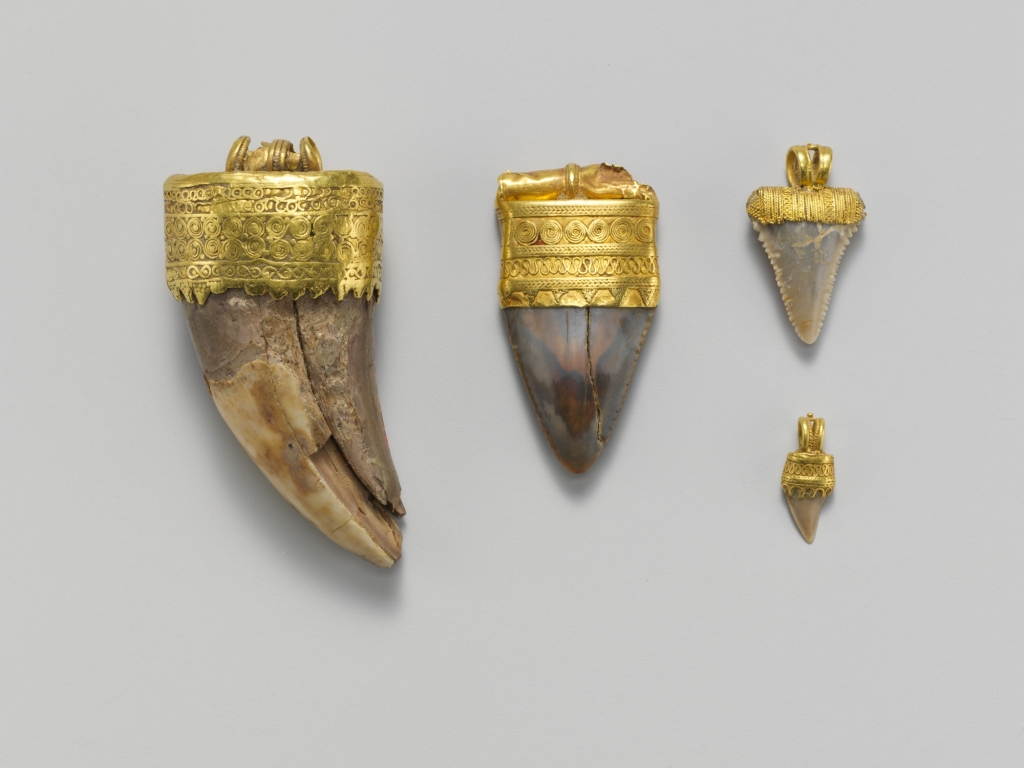
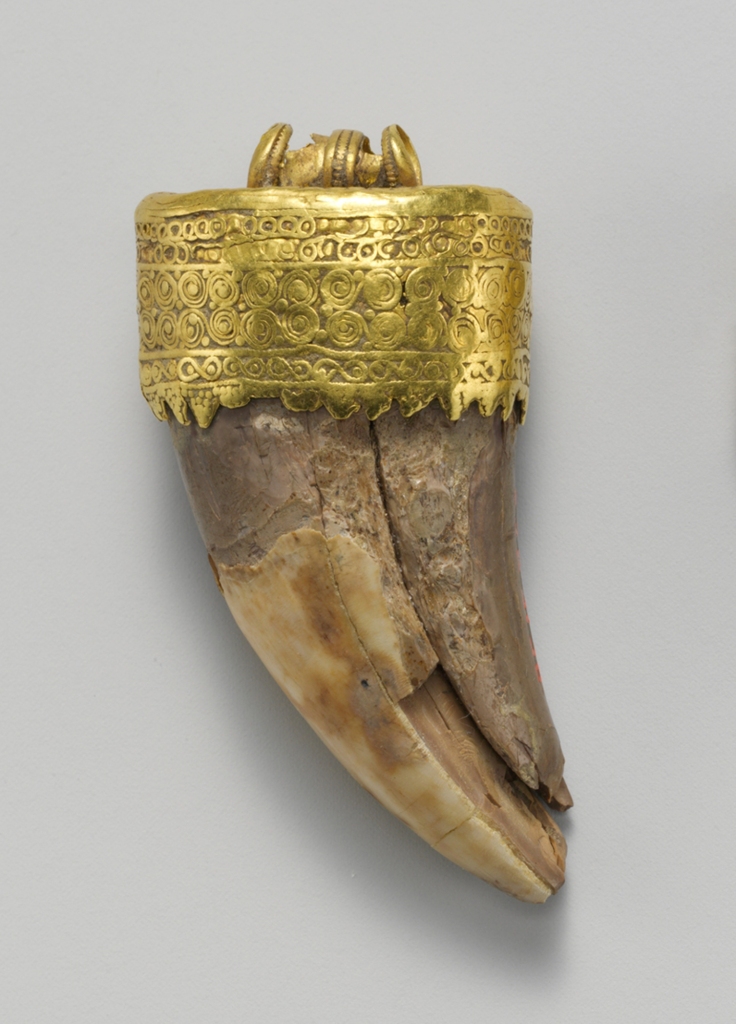
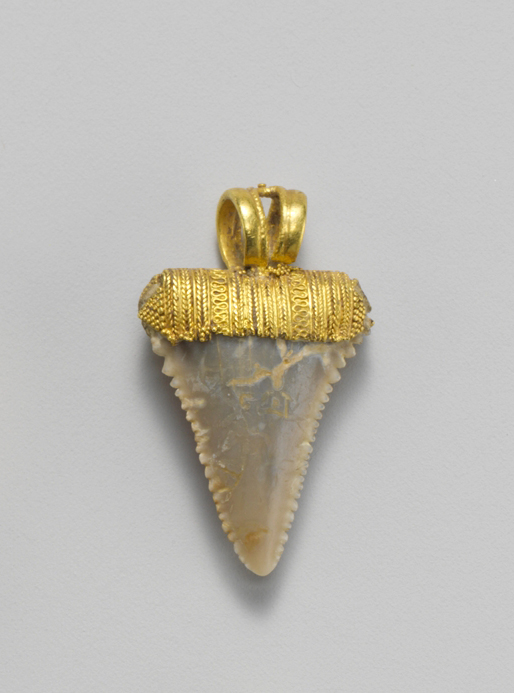
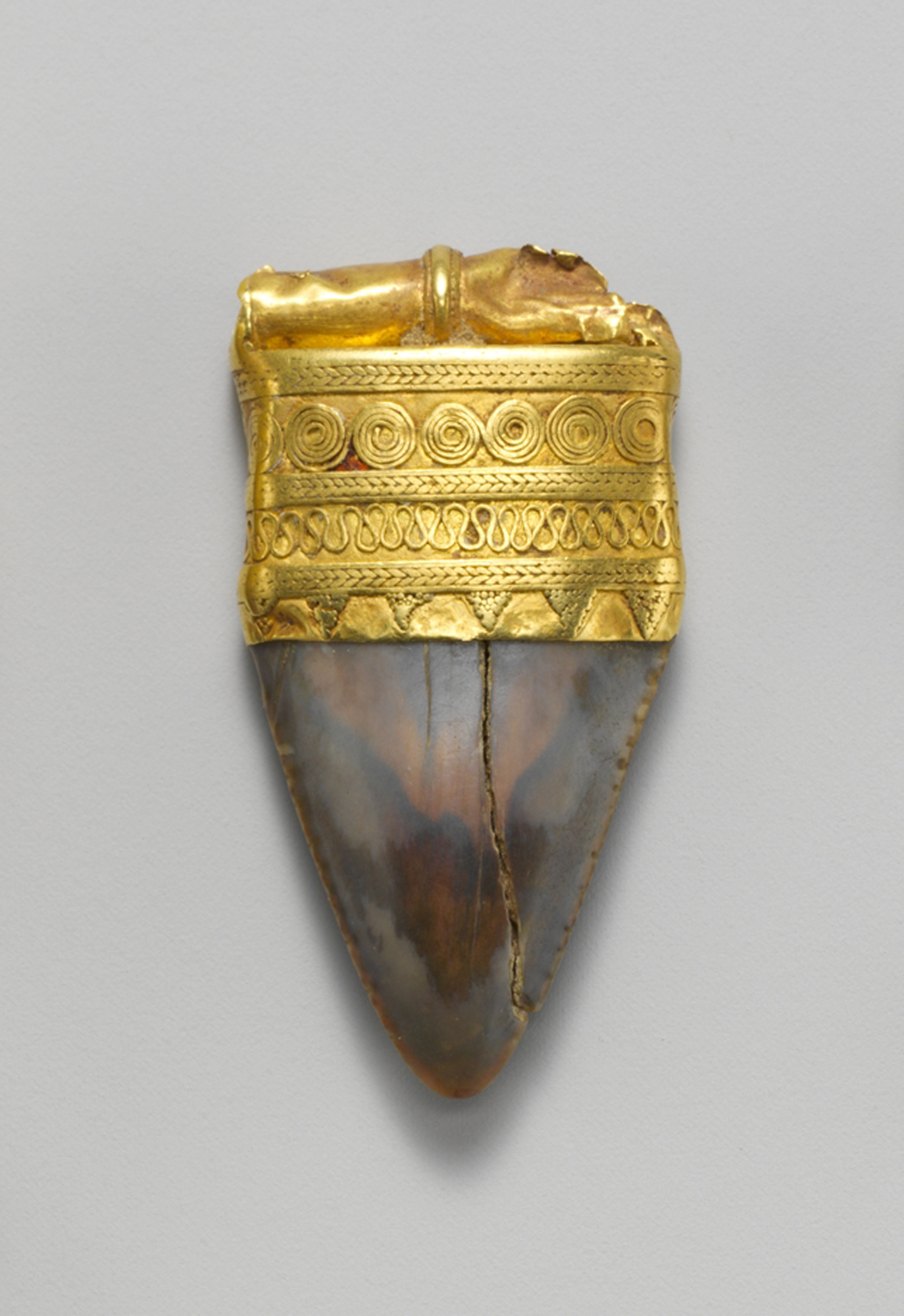
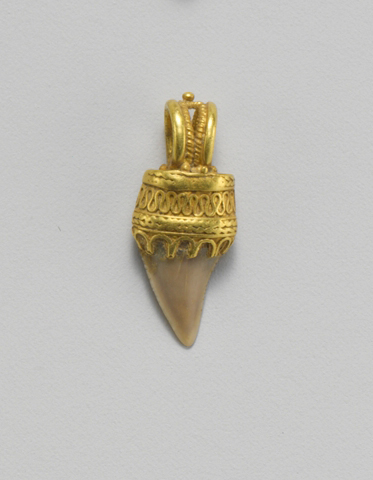
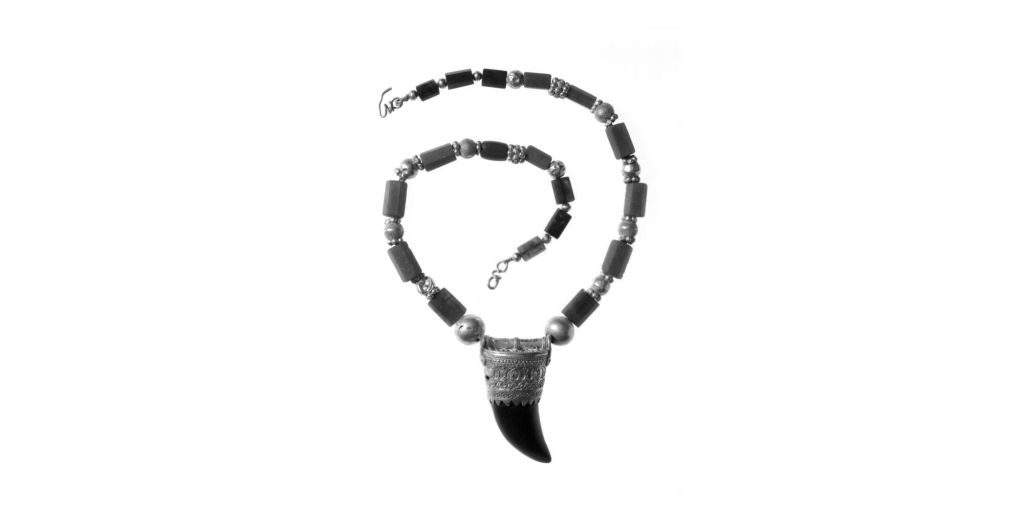
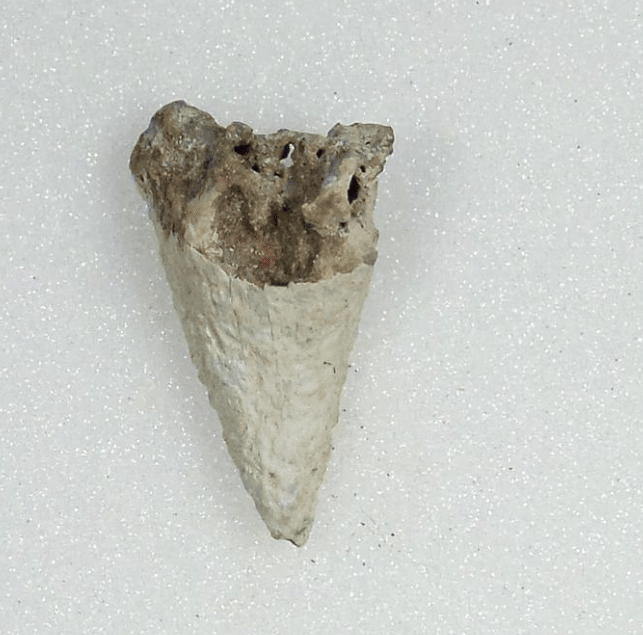
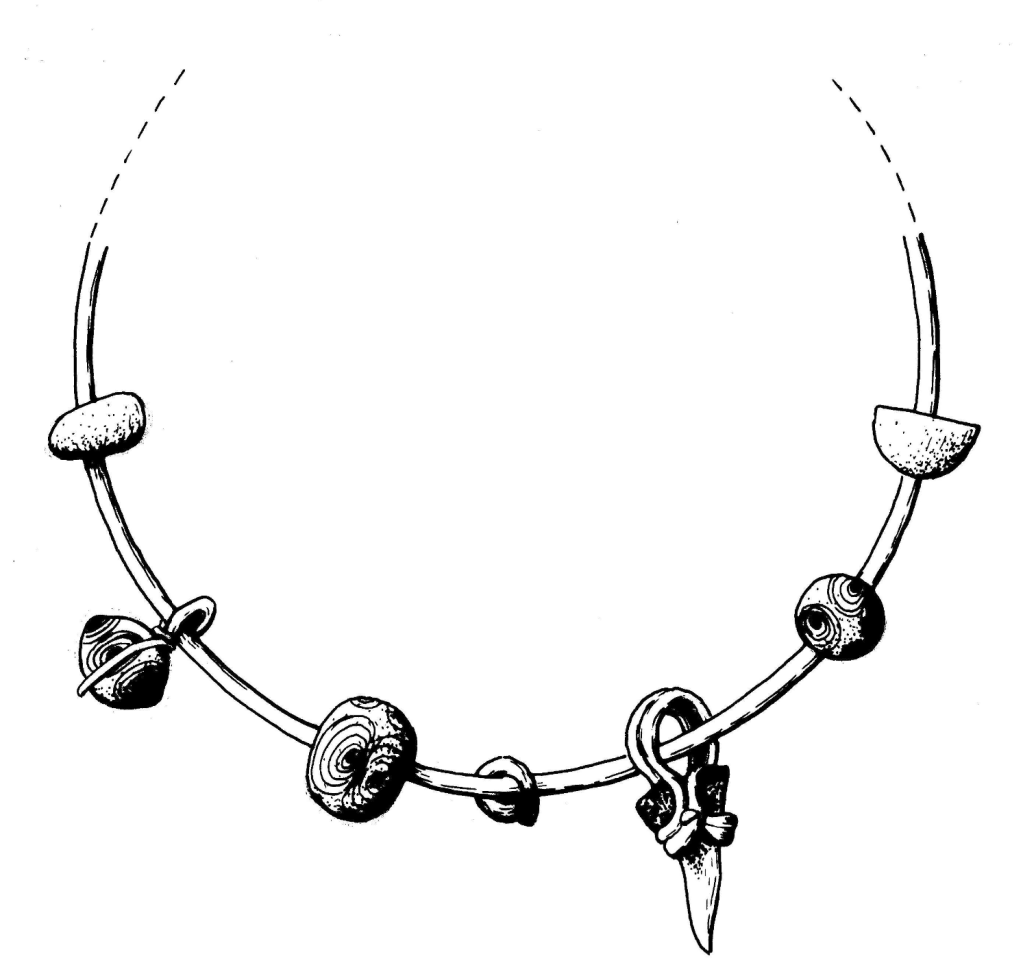
மிக அருமையான விளக்கம். சிந்தனையை தூண்டும் வகையில் உள்ளது
Great article. But conclusions need much more work!